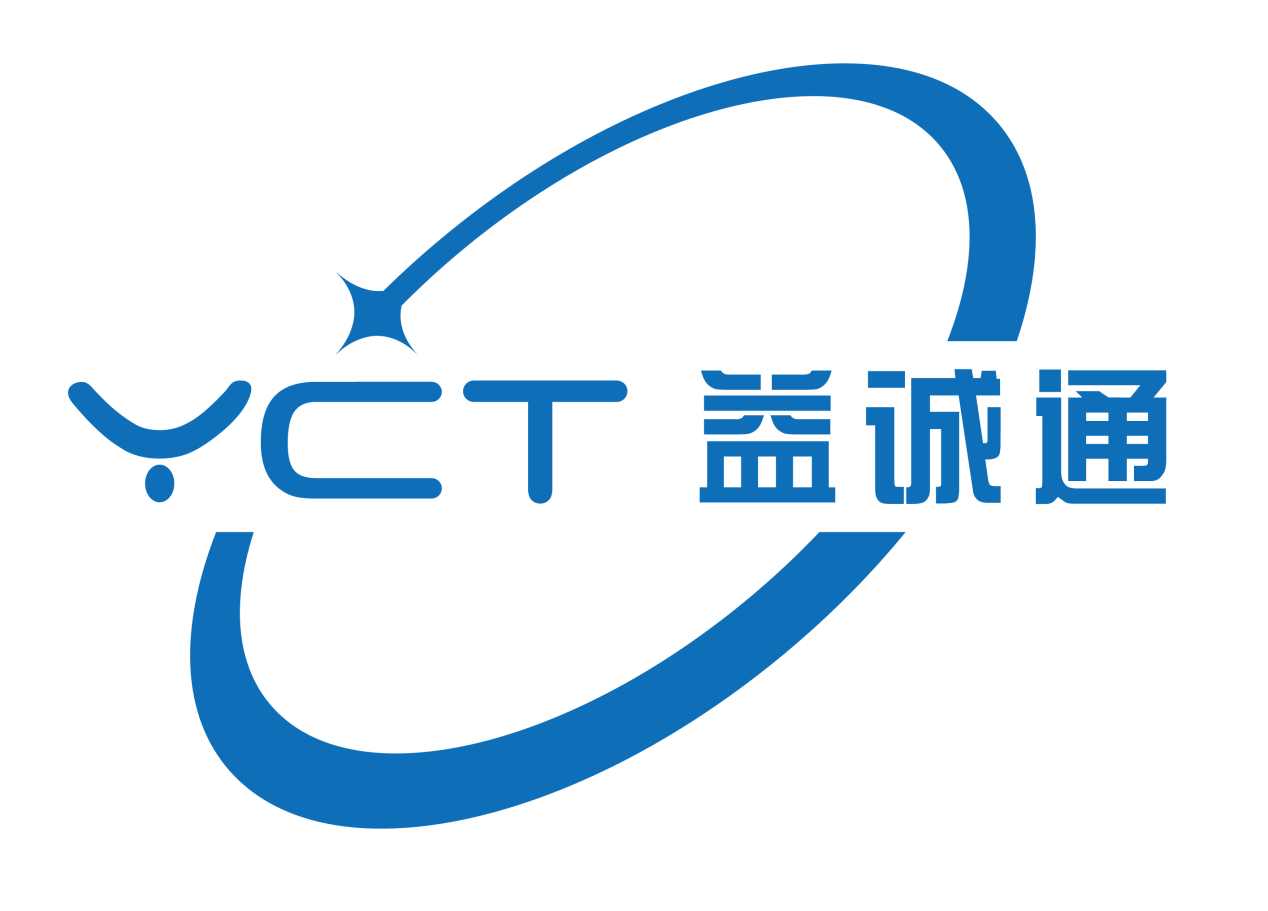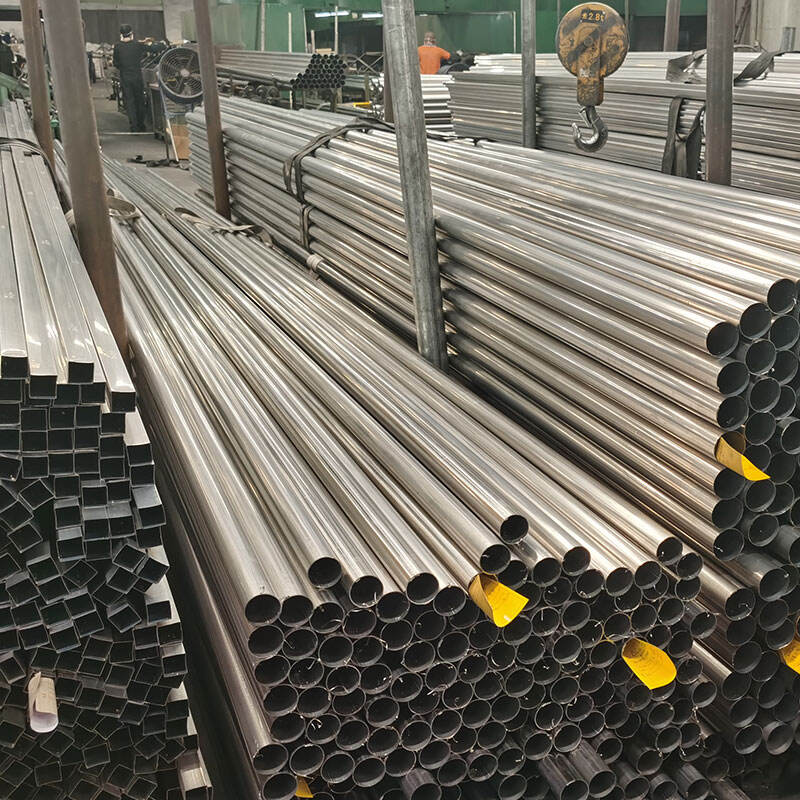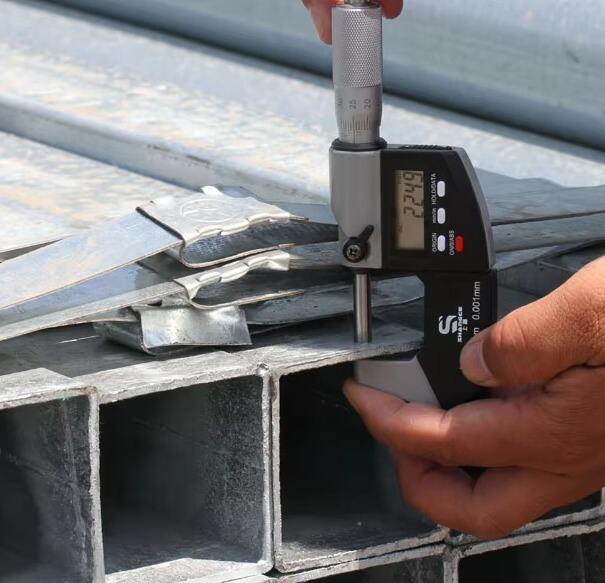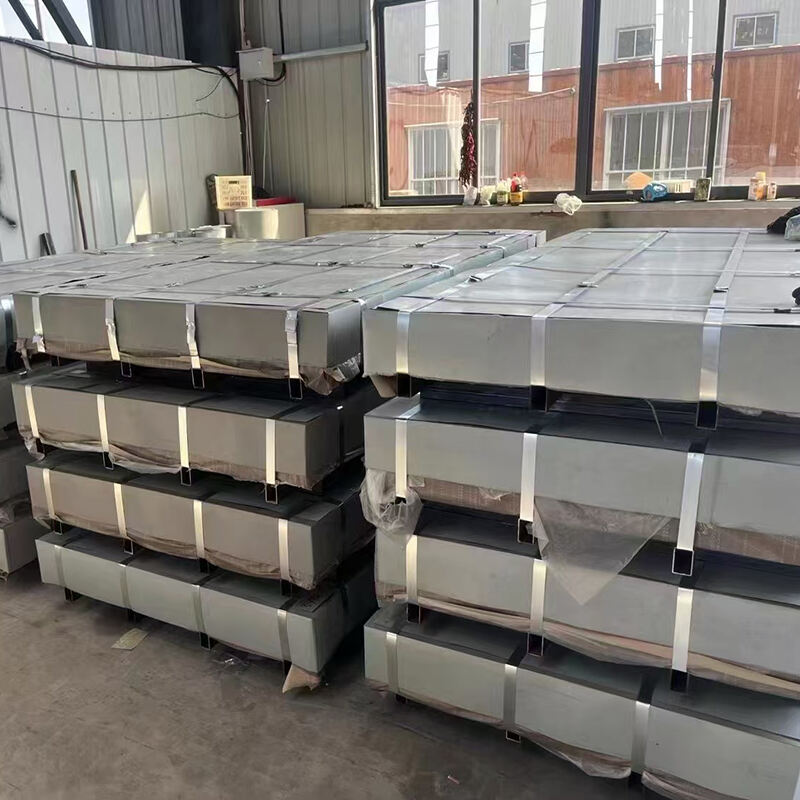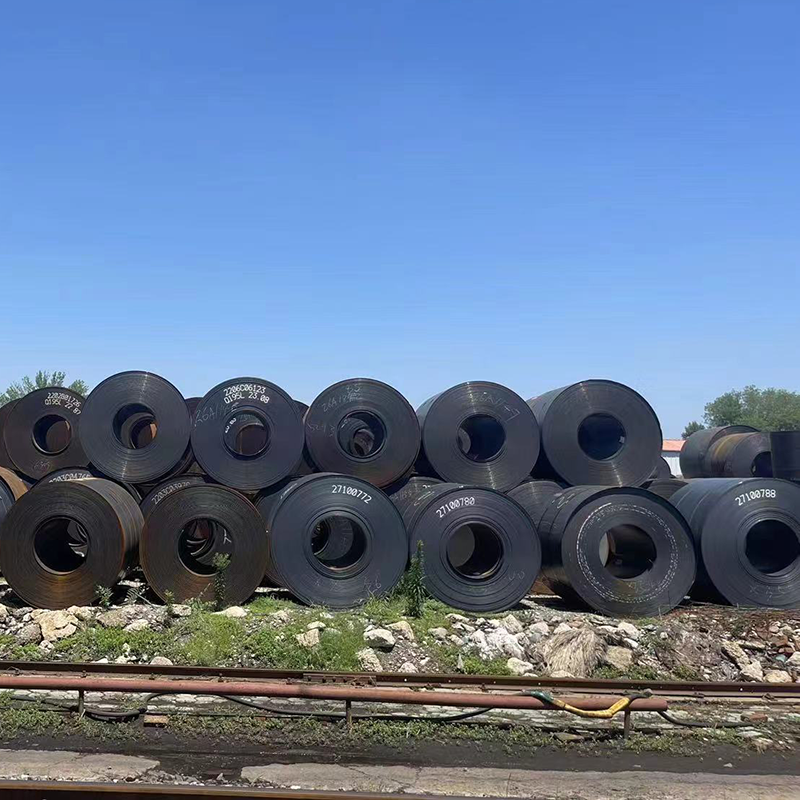Versatile Installation and Integration
The adaptability of steel I beams in construction scenarios sets them apart from alternative structural solutions. Their standardized dimensions and connection points facilitate straightforward installation processes, reducing on-site labor requirements and project timelines. The beams can be easily modified to accommodate various connection types, including welded, bolted, and riveted joints, providing flexibility in structural design and assembly. This versatility extends to their compatibility with other building materials and systems, enabling seamless integration with concrete, wood, and other steel components. The ability to create moment connections allows for rigid frame construction, while simple connections provide economical solutions for basic support requirements. Furthermore, the beam's design facilitates the installation of mechanical, electrical, and plumbing systems through web penetrations, optimizing space utilization in building designs.
